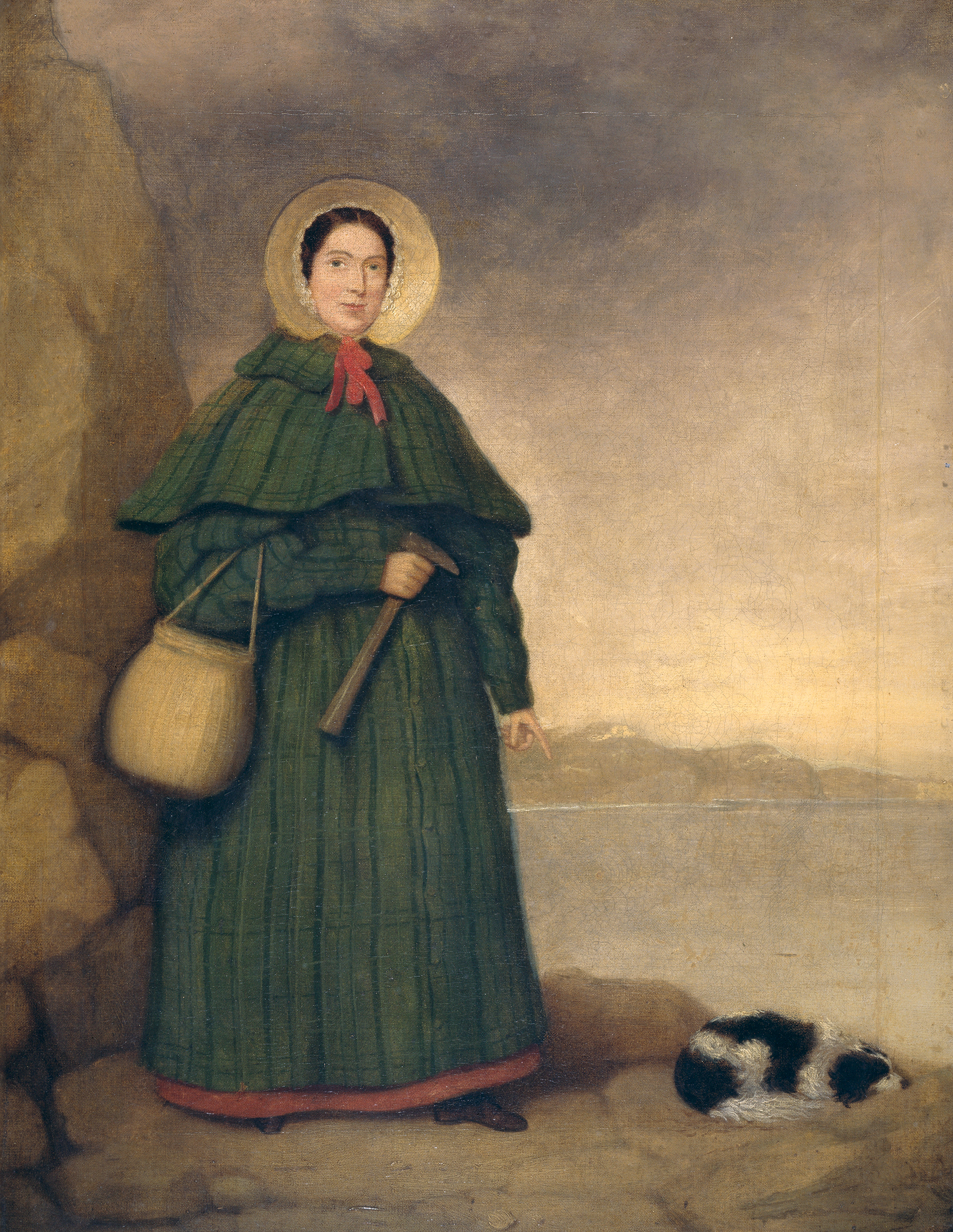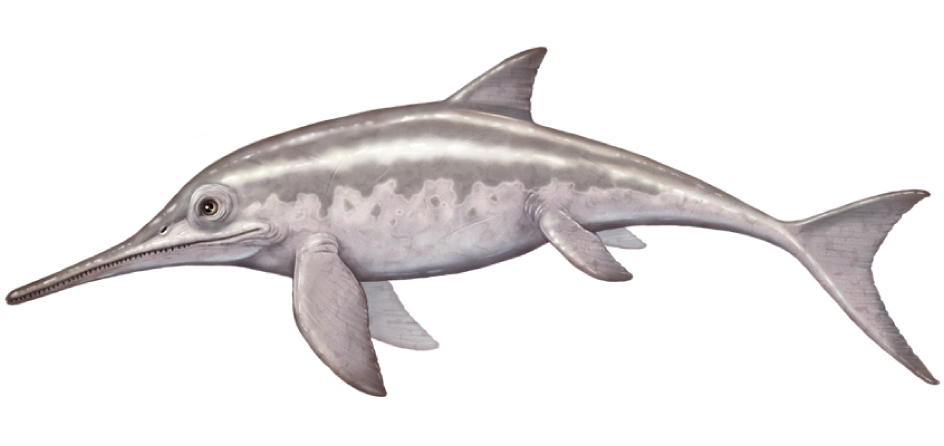Anning, Mary (1799-1847), a British scientist, found and identified important fossils of prehistoric animals. Anning was an early leader in paleontology, the study of prehistoric life. But Anning received little recognition in her lifetime, largely because she was a woman.

Anning made her first major fossil discovery when she was only 12 years old. The fossil belonged to an ichthyosaur, a prehistoric marine reptile. Anning went on to find the first plesiosaur, another marine reptile. She discovered one of the first pterosaurs, a type of flying reptile, and the first Squaloraja, a prehistoric fish. Anning also found many other fossils. 
Anning made many important contributions to science. She helped to prove that many animals have become extinct. This idea was once controversial because many people held religious beliefs that life did not change over time. Anning’s work helped to lay the foundation for the theory of evolution (see Evolution ).
Anning lived at a time when the work of female scientists was hardly ever recognized. Also, Anning grew up in extreme poverty. She was able to attend school for only a few years. Anning taught herself anatomy, geology, paleontology, and scientific illustration. She often borrowed scientific papers and copied them by hand. Many of the fossils Anning found became important parts of museum collections without being credited to her. Male scientists sometimes used Anning’s discoveries in their work without acknowledging her contribution. Today, scientists recognize Anning as one of the most important paleontologists of her time.
Mary Anning was born on May 21, 1799, in Lyme Regis, England. She died of breast cancer on March 9, 1847.
